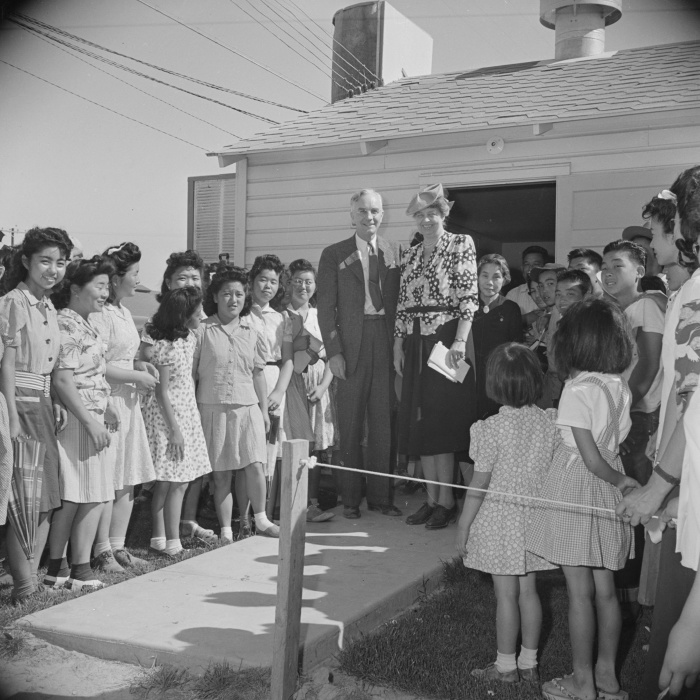May 12, 2014
Also recently added was Sheila Chun’s portrait of Kumaji Furuya, a Issei businessman and poet in Honolulu who was among those arrested on December 7, 1941, and held for the duration of the war in a bewildering succession of detention camps both in Hawai’i and the continental U.S. He published a memoir of his internment in 1964 titled Haisho tenten, which roughly translates to “An Internment Odyssey.” Chun, a volunteer at the Japanese Cultural Center of Hawai’i, has been working with Tatsumi Hayashi on a translation of this valuable first person account that provides unique views of relatively little documented camps such as Camp Forrest, Tennessee, and Camp Livingston, Louisiana. The cultural center hopes to publish it later this year, completing a trilogy of Issei internment volumes that includes Yasutaro Soga‘s Life behind Barbed Wire: The World War II Internment Memoirs of a Hawaii Issei, translated by Kihei Hirai (Honolulu: University of Hawaii Press, 2008) and Family Torn Apart: The Internment Story of the Otokichi Muin Ozaki Family, edited by Gail Honda (Honolulu: Japanese Cultural Center of Hawaii, 2012).
Finally, Greg Robinson returns with new articles on Eleanor Roosevelt, Harry S. Truman, and the landmark Takahashi v. Fish and Game Commission case. The first two are of course famous figures, but their actions regarding Japanese Americans are less known. The Takahashi case was one of a string of early postwar legal cases that broke down legal discriminatory barriers for Japanese Americans and other ethnic minority groups. Adding to the article are photographs of Torao Takahashi, the suit’s plaintiff, contributed by his granddaughter, Lilian Takahashi Hoffecker, who had earlier contributed an article on Terminal Island to the encyclopedia.
